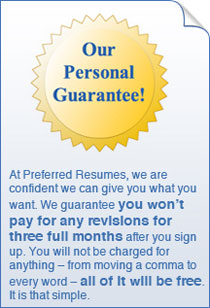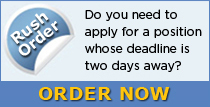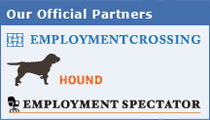Listing your experience - how far back should you go?
|
|
- What is your career objective?
- Are you changing careers or looking for professional growth?
- What experience have you had so far that will help in meeting your professional goals?
To get started in developing your resume, list all of your previous experience, in chronological order, starting with your latest job on a piece of paper. List the dates of employment, your job title, the full company name and the location of your employment. Now, consider just how much experience you have had. In recent years, it has become more commonplace to change jobs more frequently and not build your career in one place. As such, it is possible that someone with ten years of professional experience following college has had over three jobs. That doesn’t seem all that much to include on a resume, right? Consider someone with over 30 years of experience. It is important to set limits on what you include and what you can freely exclude from your resume under your professional experience.
Ideally, your resume should not exceed two pages. Depending on the type of jobs you have held and your responsibilities, having only two pages doesn’t account for a lot of space. The best practice for listing your experiences is not to exceed the most recent five jobs you have held. Again, keep the mind the length of the resume when you are deciding on the number of jobs you will list – if your last five jobs and their accompanying responsibilities will take over one page alone, than consider narrowing the experience down to the three most recent positions you had. Also, consider the time you spent at each organization you have worked for – list up to the last ten to fifteen years of experience. It is not necessary to list every job you’ve ever had to showcase your qualifications and years of experience. If you have a long professional career, focus on the last three to five jobs, but use the profile or summary at the beginning of the resume to highlight the number of years you have spent working, or the number of years you have spent in a certain industry, acquiring specific skills.
When listing your experiences, it is important that you do so in chronological order without skipping any of the jobs you have held. While you may feel that certain jobs are not particularly complimenting to your current career objective you should not avoid listing them on your resume. Work on highlighting the responsibilities that are transferable across various industries. Leaving any unexplained gaps in your work history will raise questions by your potential employer – thus don’t create those gaps on your resume by listing your experience out of order or by skipping jobs you have had. Finally, make sure that your cover letter accounts for any additional qualifications you would like to bring to the attention of your potential employer that you didn’t include on the resume.
Your resume should be concise, well written, and sell you as the best candidate for the job. Just remember that it is quality over quantity that counts.




